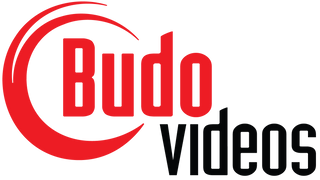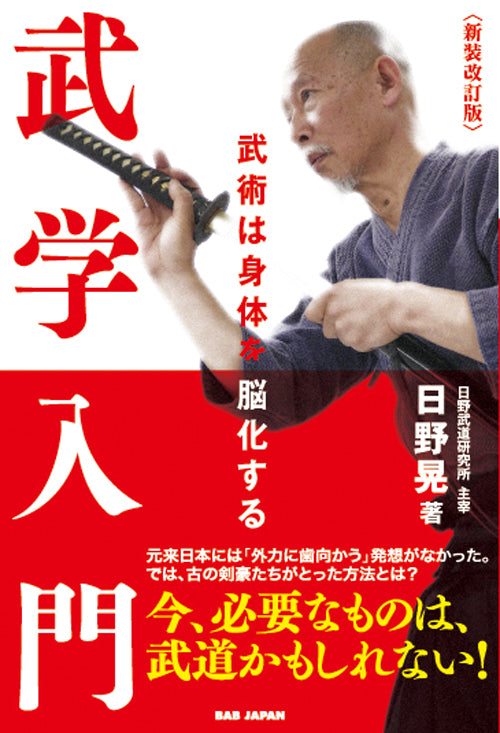Intro to Martial Arts Book by Akira Hino
THIS IS A SPECIAL ORDER ITEM
These items can take approximately 1-2 weeks to arrive here before they are ready to be shipped out by the selected courier service. Special order items are not eligible for return or exchange under any circumstances. Please review product details carefully before adding these items to your shopping cart.
Please Note: If you place an order for other items, they will be held and shipped together with the special order item when it is available. Alternatively you can place separate orders so your regular items will be shipped sooner.
This book argues that traditional Japan never had the concept of "opposing external force" directly. Instead, ancient sword masters developed a different approach entirely - one based on "往なす" (inasu), which roughly translates to "going with" or "yielding to redirect."
Key Concepts Explored:
"往なす" (Inasu) - The Japanese Way:
- Rather than opposing force with force, Japanese martial arts developed methods of redirecting and harmonizing
- This principle extends beyond martial arts into Japanese cultural philosophy
- Ancient Japanese sea walls didn't "oppose" waves but worked with natural forces
Revolutionary Ideas Presented:
- "Consideration for the opponent" is the essence of Japanese martial arts
- Making the body acutely "brain-like" enables master-level techniques
- "Fudoshin" (immovable mind) is actually created by weak minds
- The sword masters' ultimate state: "Suigetsu Isha" (moon's reflection on water)
Chapter Highlights:
Chapter 1: Traditional Japanese concept of "住なす" (suminasu - dwelling/settling)
- Learning from masters like Hatsumi Soke who move like air
- Why the world studies Japanese martial thinking
Chapter 2: What foreigners seek in Japanese traditional martial arts
- The "Suigetsu Isha" body state/境地 (kyōchi - spiritual realm)
- Historical examples from Yagyu Tajima-no-kami and Ito Ittosai
Chapter 3: The mindset of "martial" masters
- Non-confrontational Japanese culture
- Japanese construction methods based on flexibility
- "Accepting" as a supernatural worldview
Chapter 4: From martial arts to physical movement to "body" to martial way
- Martial arts as intellectual movement
- Differences between martial arts and martial way (budo)
Chapter 5: "住なす" from the body's mechanisms
- The body as a reactive system
- How skeletal structure embodies "往なす"
- Body sensitivity surpassing computers
Chapter 6: Possibilities of the "body" - from martial arts to martial way
- "Making the body into a brain"
- Treating the entire body as a thinking organ
Chapter 7: To achieve "住なす," first "face each other directly!"
- The necessity of self-awareness in martial arts
- Martial way as a practice method
- Humans becoming sharper and more beautiful with age
Philosophical Core: The book presents martial arts not as combat systems but as a comprehensive human development methodology. Hino argues that Japanese traditional martial arts offer a unique approach to dealing with conflict and challenge - not through opposition but through harmony and redirection. This principle, he suggests, has applications far beyond physical combat, extending to all aspects of life and human interaction.
About the Author: Hino Akira (born 1948 in Osaka) was selected as an Olympic training athlete for gymnastics through self-study during middle school. He also mastered jazz and martial arts through self-teaching. He currently runs the Hino Martial Arts Research Institute, dividing his instruction into "Martial Arts School," "Body School," and "Martial Zen." He maintains schools in Tokyo, Osaka, and Wakayama while conducting corporate training and lectures.
Language: Japanese
Length: 296 pages
MBHIN6
Couldn't load pickup availability


